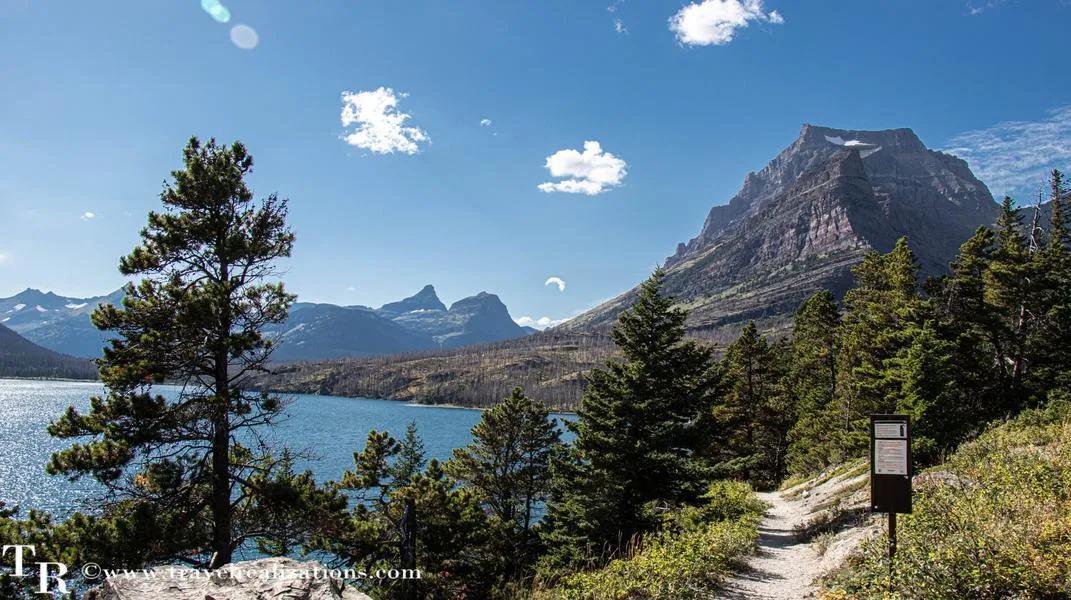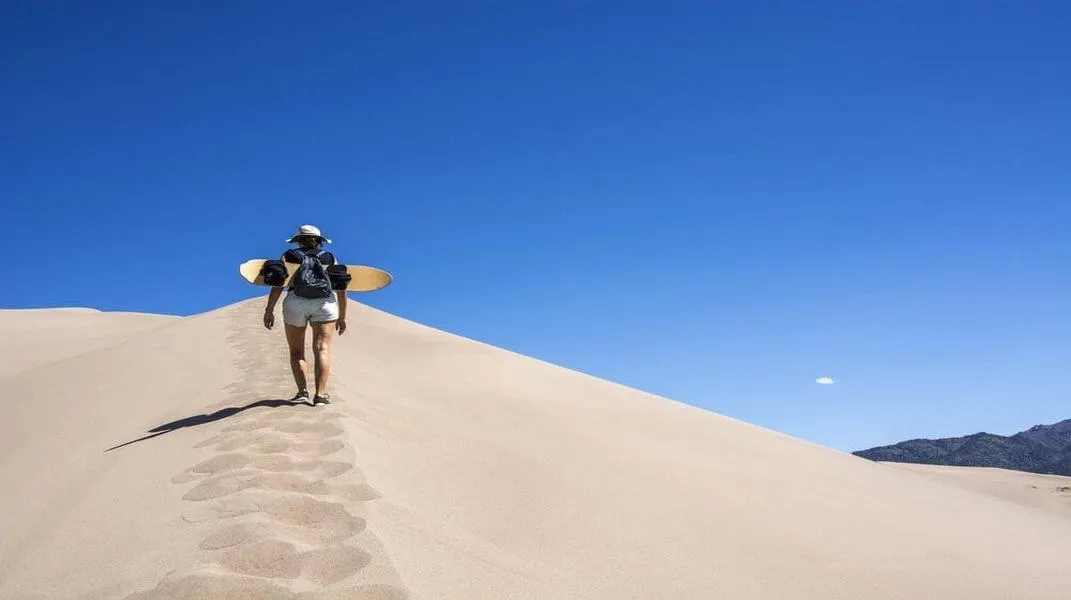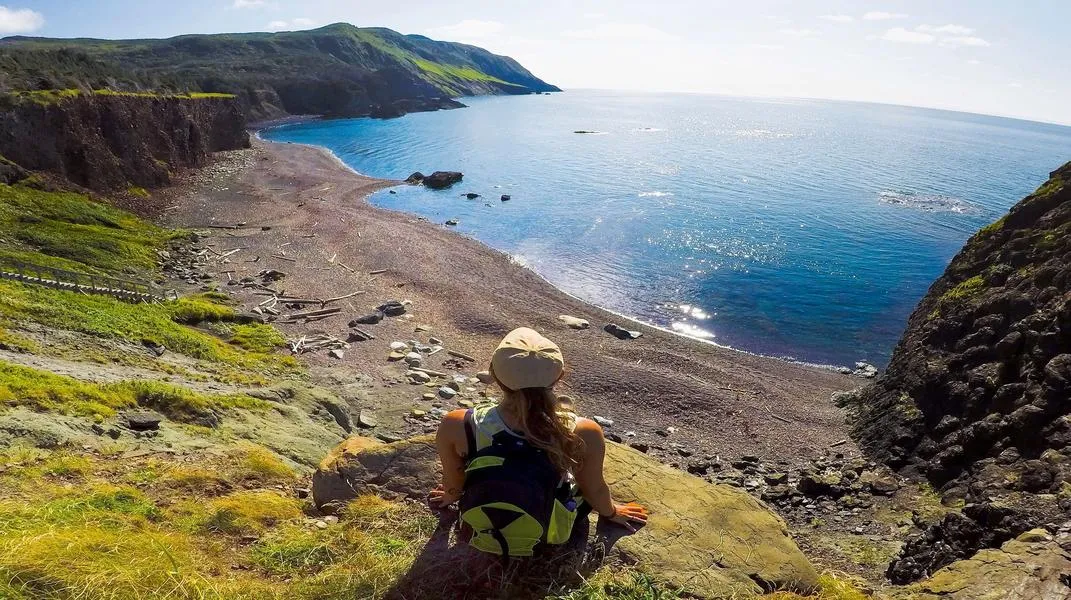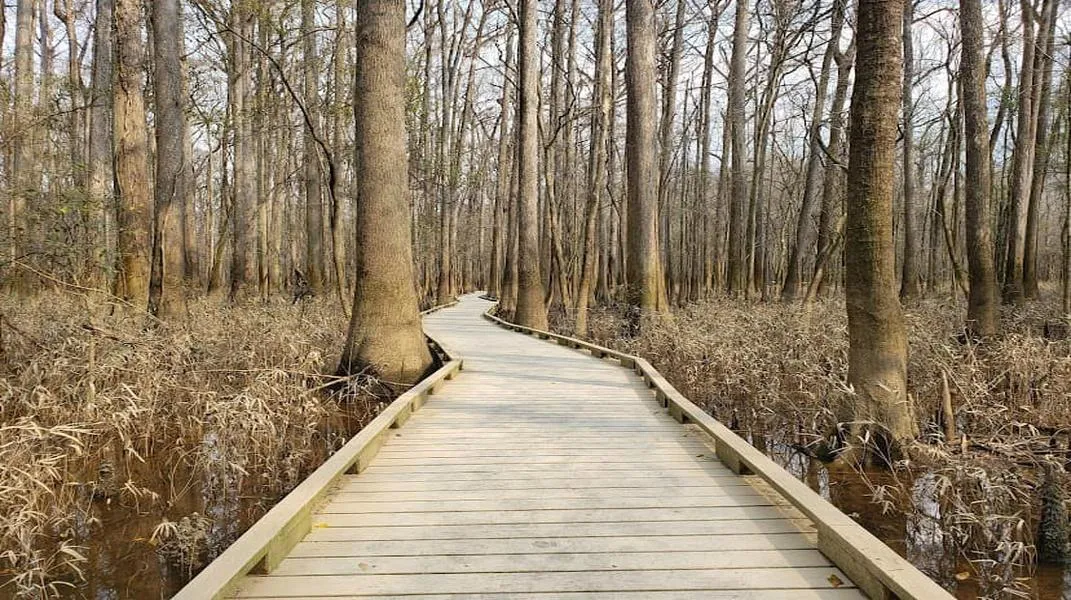Exploring Mount Rainier National Park: A Comprehensive Guide for Visitors
Mount Rainier National Park, located in Washington State, is one of the most iconic natural wonders in the United States. With its towering, snow-capped peak, lush forests, and rich biodiversity, the park attracts outdoor enthusiasts, nature lovers, and families alike. This article aims to provide a detailed overview of what makes Mount Rainier a must-visit destination, along with essential information and materials to prepare for your visit.
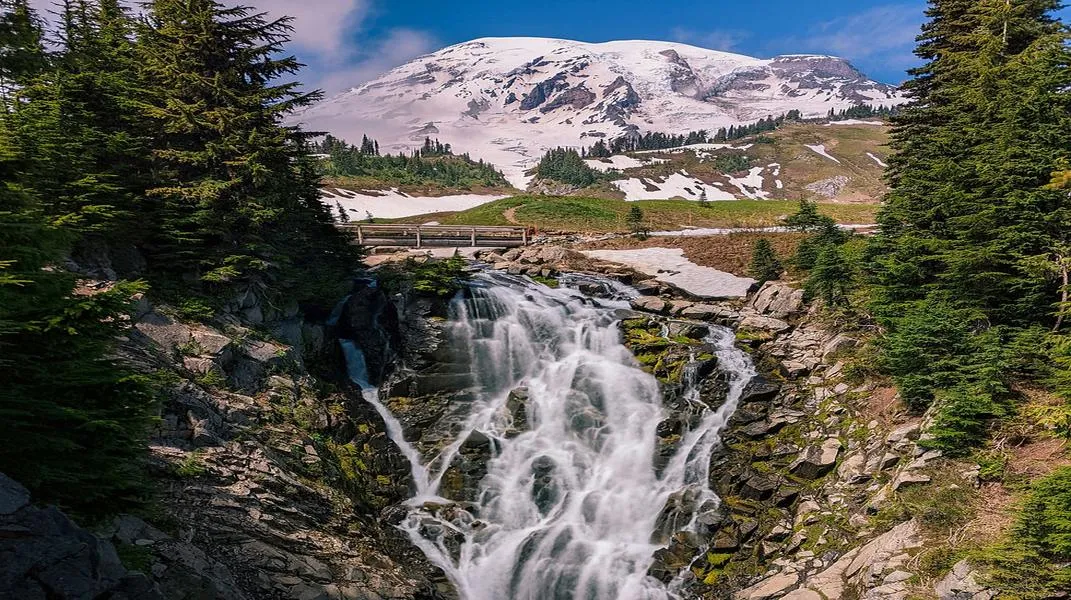
Overview of Mount Rainier National Park
Established in 1899, Mount Rainier National Park is the fifth oldest national park in the U.S. The park encompasses over 368 square miles of pristine wilderness, with the centerpiece being the majestic Mount Rainier, an active stratovolcano standing at 14,411 feet. The mountain is surrounded by diverse ecosystems, ranging from dense old-growth forests to alpine meadows adorned with wildflowers.
Natural Features and Attractions
1. Mount Rainier: The crown jewel of the park, Mount Rainier is visible from many vantage points and offers breathtaking views. The mountain is often covered in a blanket of snow, making it a stunning backdrop for photography, hiking, and climbing.
2. Glaciers: The park is home to over 25 major glaciers, including the Emmons Glacier and the Carbon Glacier, which are among the largest in the contiguous United States. These glaciers are vital to the park's ecosystem and provide opportunities for mountaineering and glacier hiking.
3. Wildflower Meadows: During summer months, the park erupts with color as wildflowers bloom in abundance, particularly in the Paradise and Sunrise areas. Fields of lupine, paintbrush, and avalanche lilies create a stunning tapestry against the backdrop of the mountains.
4. Waterfalls: The park is dotted with numerous waterfalls, the most famous being Myrtle Falls and Narada Falls. These cascading waters are best viewed during the spring melt when the rivers are at their fullest.
5. Scenic Drives: The park features several scenic drives, including the Paradise Road and the Sunrise Road, offering access to stunning vistas and trailheads. The roads are particularly beautiful during fall when the foliage changes color.
6. Wildlife: Mount Rainier is home to a diverse range of wildlife, including black bears, elk, deer, and over 200 species of birds. Visitors may encounter these animals while hiking or driving through the park, but it's essential to practice responsible wildlife viewing.
Preparing for Your Visit
A trip to Mount Rainier National Park requires some planning to ensure a safe and enjoyable experience. Here’s a comprehensive list of materials and preparations to consider before your visit.
1. Park Entrance Pass: Before entering the park, you'll need to purchase a park entrance pass. As of now, a standard pass is valid for seven consecutive days and costs around $30 per vehicle. Annual passes are also available for frequent visitors. You can purchase passes at park entrances or online via the National Park Service website.
2. Maps and Guides: Having a detailed map of the park is crucial for navigation and ensuring you don’t miss out on key attractions. The park's visitor centers provide free maps and brochures that highlight trails, points of interest, and safety information. You may also want to consider downloading a digital map to your smartphone for easier navigation.
3. Appropriate Clothing: Weather conditions in Mount Rainier National Park can change rapidly, so it's essential to dress in layers.
- Base Layer: Moisture-wicking underwear is essential for comfort during hikes.
- Insulating Layer: Fleece or wool sweaters provide warmth when temperatures drop.
- Outer Layer: A waterproof and windproof jacket is crucial, especially if you're visiting during the rainy season (typically late fall to early spring).
- Hiking Pants: Quick-drying pants or shorts are ideal for day hikes.
4. Footwear: Invest in a good pair of hiking boots or trail shoes that provide ankle support and traction. Ensure that you break them in before your trip to avoid blisters. If you plan on hiking on snow or glacier terrain, consider renting or purchasing microspikes or crampons for additional grip.
5. Backpack Essentials: A daypack for hiking should include the following essentials:
- Water: Hydration is critical. Carry at least two liters of water per person.
- Snacks: Energy bars, nuts, and dried fruit are excellent high-energy snacks.
- First Aid Kit: A basic first aid kit with band-aids, antiseptic wipes, and pain relievers can be invaluable.
- Navigation Tools: A compass and map, or a GPS device, are important, especially for backcountry hikes.
- Emergency Supplies: A whistle, emergency blanket, and a flashlight or headlamp can be lifesavers if you get lost.
6. Camping Gear (if applicable): If you plan on camping in the park, you’ll need to prepare accordingly:
- Tent: Choose a weather-resistant tent suitable for the conditions.
- Sleeping Bag: A sleeping bag rated for cool temperatures is essential, especially at higher elevations.
- Cooking Equipment: A portable stove or campfire setup, along with cooking utensils.
- Food: Plan your meals ahead of time and bring a cooler or bear-proof container to store perishables.
7. Safety Gear: Depending on your planned activities, you may need additional safety gear:
- Bear Spray: Essential for hiking in bear country; know how to use it.
- Climbing Gear: If you plan to summit Mount Rainier, ensure you have the appropriate climbing gear and expertise. It is highly recommended to go with an experienced guide.
8. Camera and Binoculars: Don’t forget to bring a camera to capture the stunning landscapes and wildlife. Binoculars can enhance your wildlife viewing experience, allowing you to spot birds and other animals from a distance.
9. Personal Items: Pack your personal items, including toiletries, sunscreen, insect repellent, and any medications you may need. Sunglasses and a hat are also helpful for sun protection.
10. Plan Your Itinerary: Prior to your visit, research the park's various trails, viewpoints, and attractions. Some popular hikes include:
- Paradise Area: A great spot for wildflower viewing with trails like the Skyline Trail and the Myrtle Falls Trail.
- Sunrise Area: Offers panoramic views and access to trails such as the Sunrise Rim Trail.
- Nisqually Vista Trail: A family-friendly, easy walk that provides stunning views of the Nisqually Glacier.
11. Check Conditions and Regulations: Before you go, check the current weather conditions, road closures, and trail status on the National Park Service website. Regulations regarding wildlife viewing, campfires, and food storage are vital for preserving the park’s natural beauty and ensuring visitor safety.
Conclusion
Mount Rainier National Park is a treasure trove of natural beauty and adventure waiting to be explored. Whether you're hiking through wildflower-filled meadows, marveling at the glaciers, or simply taking in the majestic views of the mountain, the park offers an unforgettable experience for all who visit. By adequately preparing and equipping yourself for your trip, you can ensure a safe and enjoyable adventure in one of America's most breathtaking national parks. So pack your bags, lace up your hiking boots, and get ready to make memories that will last a lifetime in the awe-inspiring Mount Rainier National Park!

